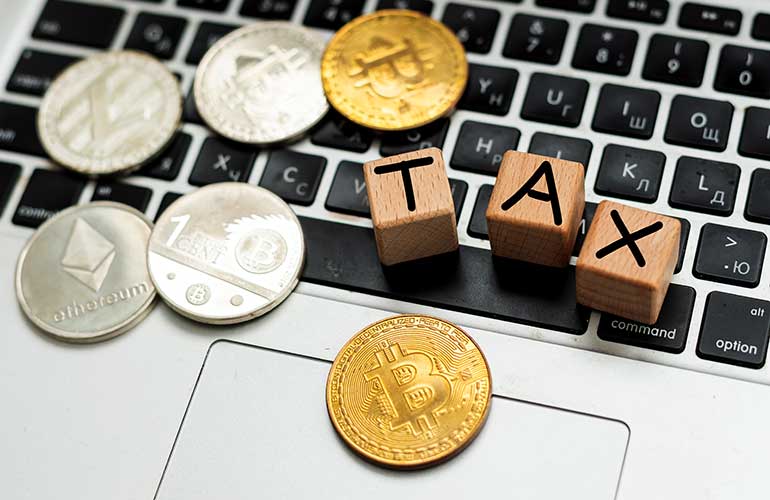Digital Assets and Barter Transactions: The Hidden Crypto Trading Tax
Grinhaus Law Firm
The Canada Revenue Agency (“
CRA”) defines a “barter transaction” as the reciprocal exchange of goods or services without the use of government-issued currency.
[1] Payments for goods or services made with cryptocurrency are generally treated as barter transactions by the CRA.
[2] This treatment has important tax consequences for individuals and businesses that utilize cryptocurrency.
When engaging in a barter transaction, the fair market value of the bartered goods must be reported in your income. The classification of such income, either as business income or a capital gain, will depend on the nature of the goods involved.
If the bartered goods are part of your business inventory, then their value must be included as business income.
[3] If you operate a business that trades in digital assets, those assets will generally be regarded as inventory. When exchanged for goods or services, the fair market value of those digital assets must be reported as business income, just as if the assets had been sold for cash. For example, Albert operates a business involved in mining and trading various cryptocurrencies, including BTC. He pays a web developer 0.1 BTC for building his company’s website. Since Albert’s BTC is regarded as inventory, he must include the total fair market value of the 0.1 BTC in his business income.
If the assets are not part of a business but are instead held for investment purposes, they are typically considered to be capital property.
[4] In this case, exchanging cryptocurrency for goods or services will likely trigger a capital gain (or loss). These gains benefit from preferential tax treatment, with only 50% of the gain being taxable.
[5] For example, Bella buys ETH as a long-term investment. She decides to use 0.025 ETH to purchase a smartphone. Since Bella is not conducting a business with her ETH, the ETH is considered capital property for her. She must calculate her capital gain by subtracting the original purchase price of the ETH from its fair market value at the time of the exchange, then include 50% of any resulting capital gain in her income.
In most cases, the value to report is the fair market value of the cryptocurrency at the time of the exchange. This is generally defined as the highest price that an informed, arm’s length buyer and seller would agree upon in an open market.
[6] The CRA will generally accept the exchange rate data provided by cryptocurrency exchanges to determine fair market value.
[7] If the cryptocurrency’s value is difficult to determine, the CRA may allow you to instead use the value of the goods or services that were received for the purpose of calculating your income inclusion.
[8]Understanding how the CRA treats cryptocurrency payments is essential for staying compliant with tax laws and avoiding unwanted scrutiny. If you have questions about how these rules apply to your situation, please contact us to find out how the lawyers at Grinhaus Law Firm can help.
PLEASE NOTE: THIS IS NOT INTENDED TO BE LEGAL ADVICE AND SHOULD NOT BE RELIED ON AS SUCH. IT IS IMPORTANT THAT YOU CONSULT A LICENSED PROFESSIONAL TO ADDRESS THE NEEDS OF YOUR PARTICULAR CIRCUMSTANCES.
[1] Canada Revenue Agency, IT-490 “Barter Transactions” at para 3.
[2] Canada Revenue Agency, “Information for crypto-asset users and tax professionals.”
[5] Income Tax Act, RSC 1985, c 1 (5th Supp), s 38(a). See also
Friesen v Canada, [1995] 3 SCR 103 at paras 28-29, 37.
[8] Supra note 1at para 8, and
Supra note 2.






